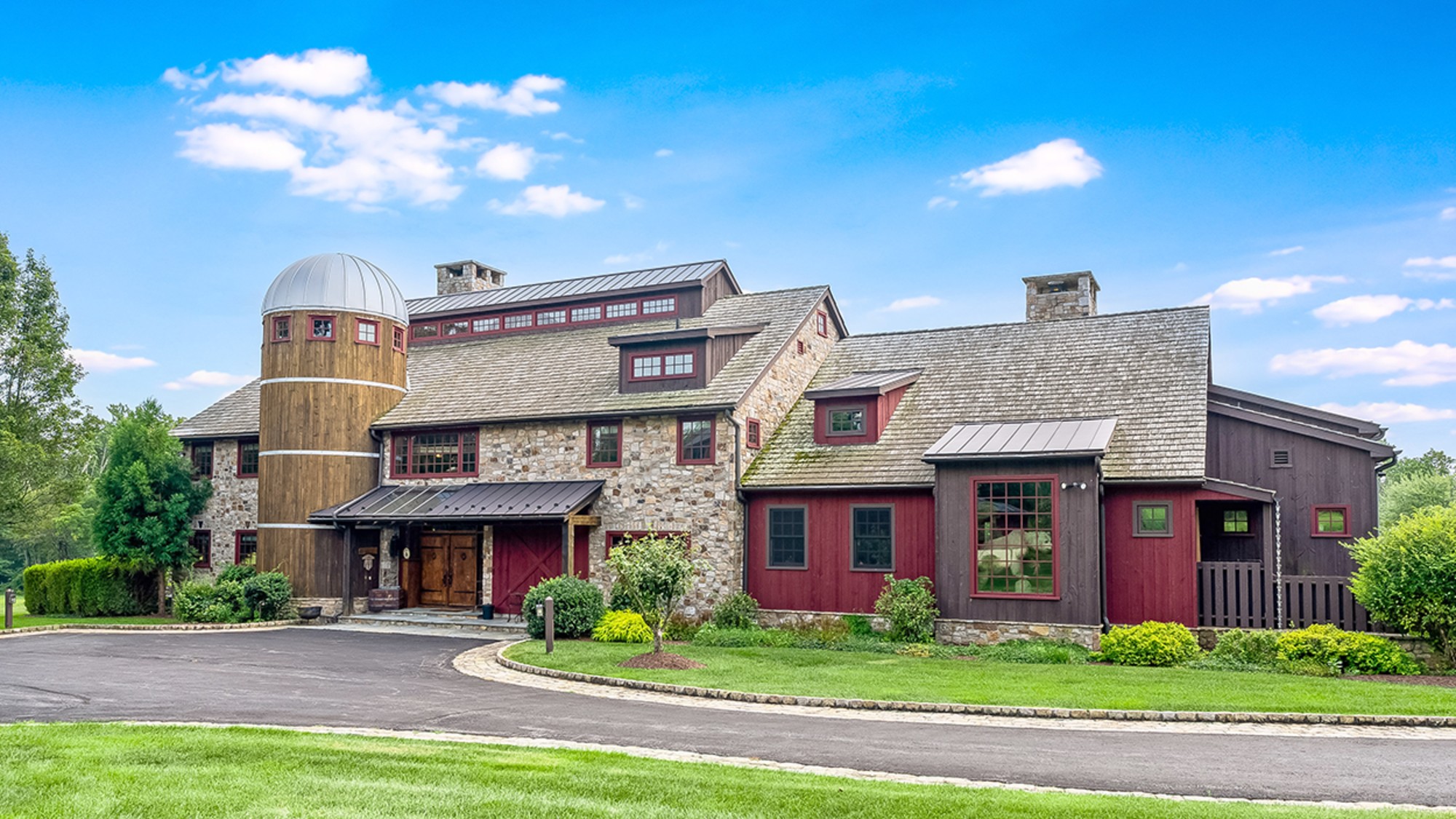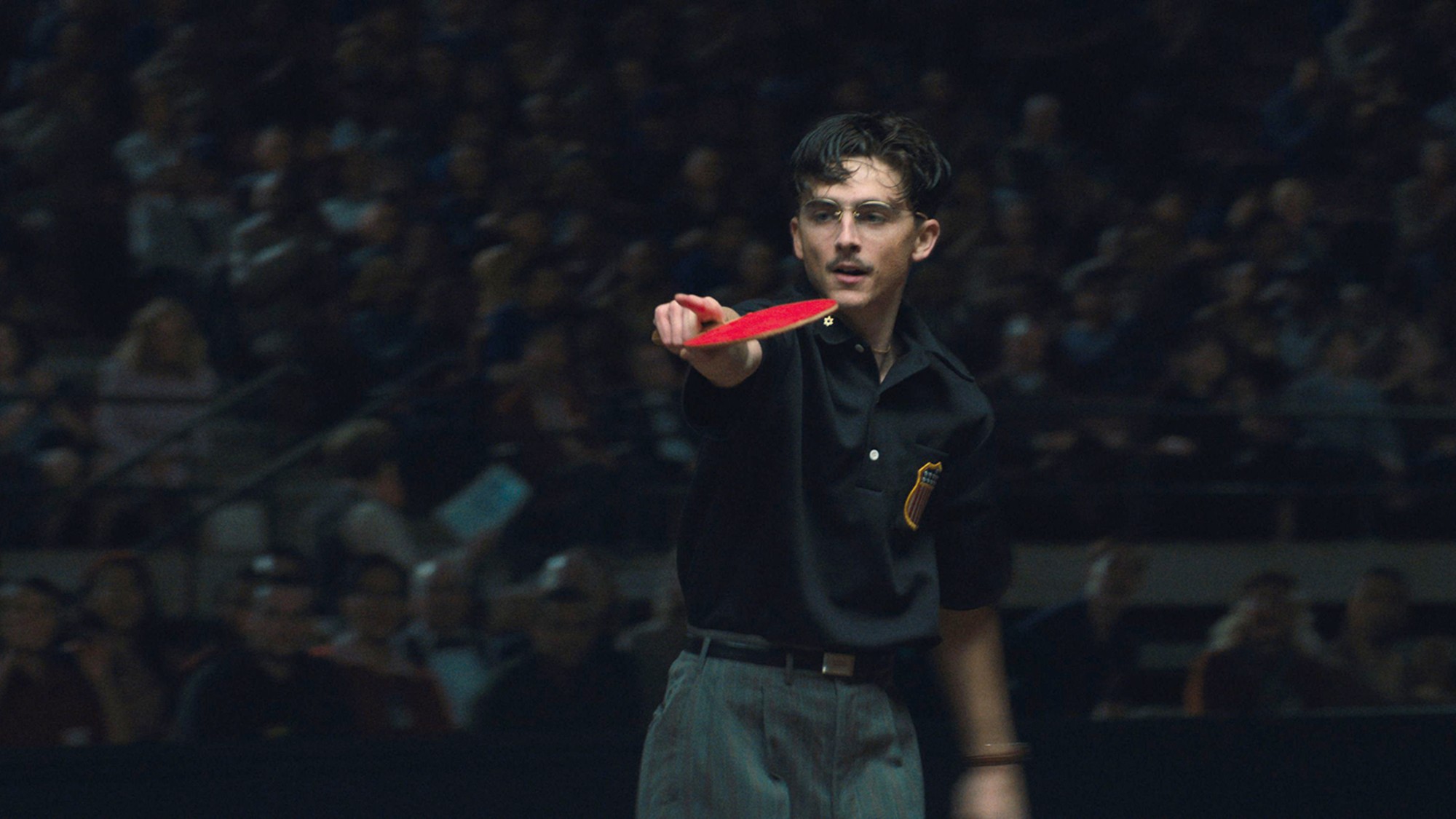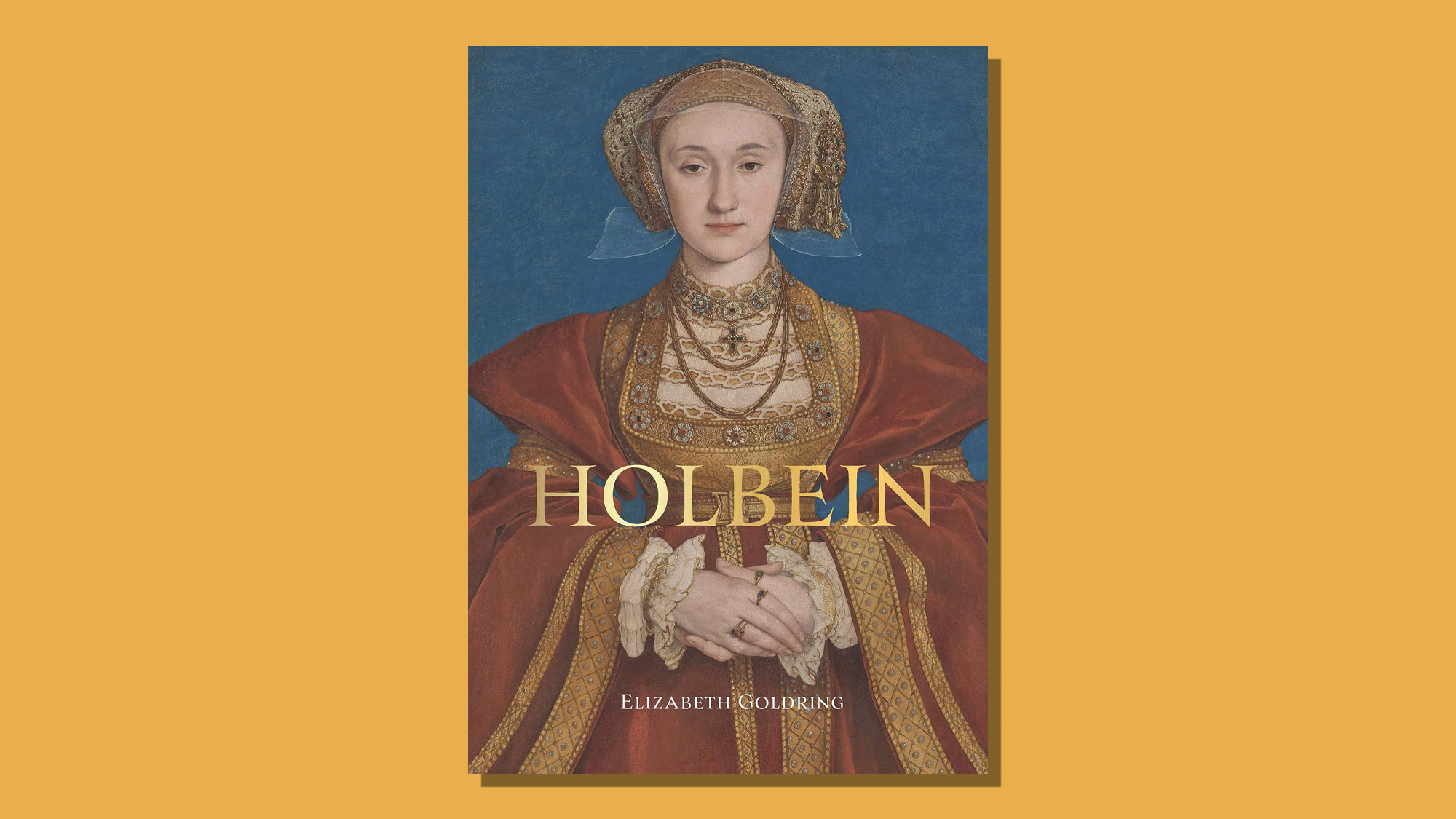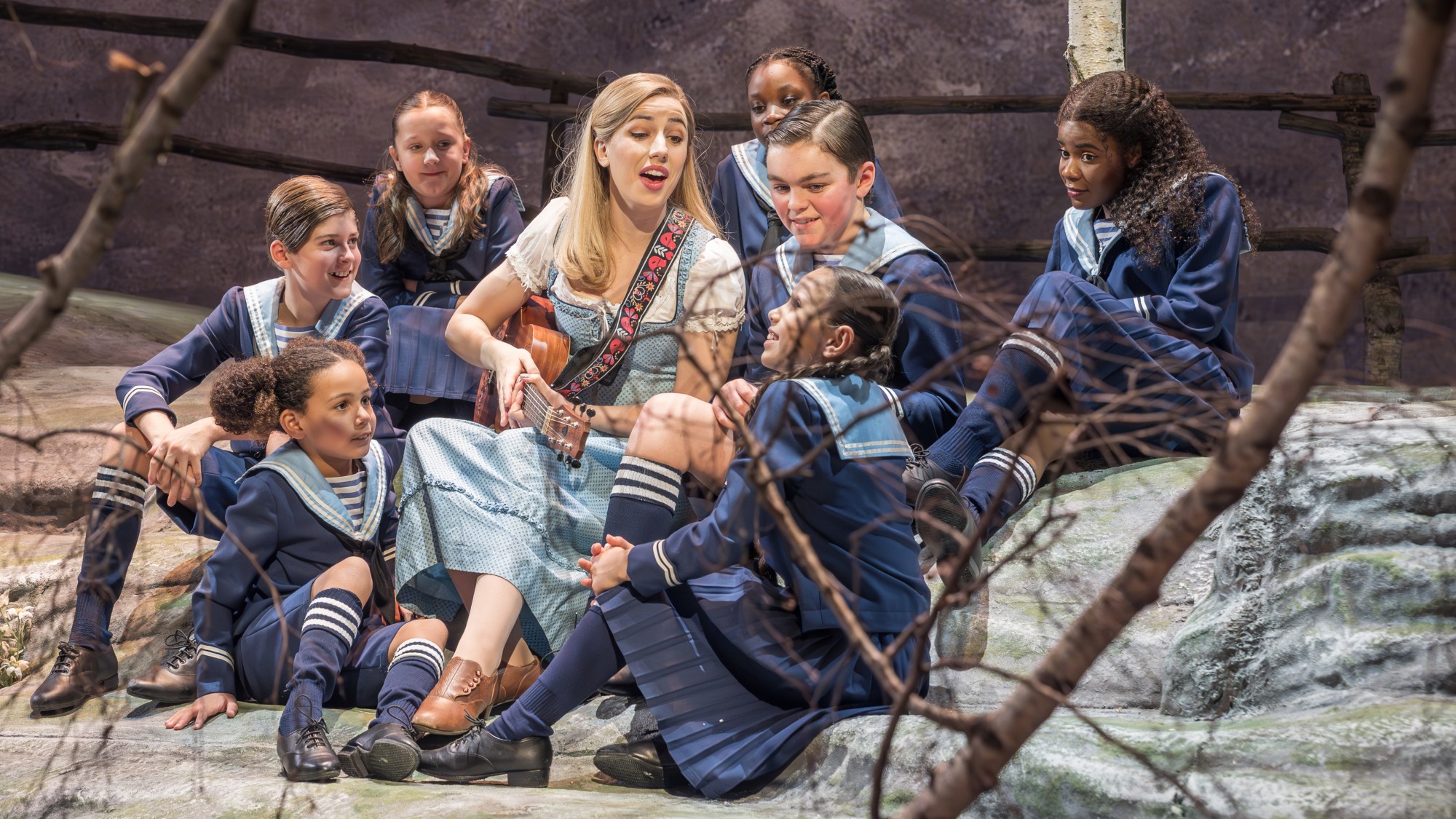Chris Killip: Retrospective at The Photographers’ Gallery review
Superb and timely exhibition features ‘beautiful and painfully moving’ images

Chris Killip’s pictures of working-class life in the 1970s and 1980s are “classics of British documentary photography”, said Josh Gabert-Doyon in the Financial Times.
Born on the Isle of Man in 1946, Killip trained as a commercial photographer, but became increasingly drawn to documenting disappearing ways of life in the North of England.
He moved to Newcastle in 1975, and started to focus on the Northeast as its key shipbuilding and coal-mining industries entered a phase of terminal decline; he shot hundreds of black and white photos that were “the result of well-forged relationships and intimate knowledge of place”. In these pictures, “men scavenge for coal”, horse-drawn carts drive through “crashing waves” and smokestacks billow in the distance.
The Week
Escape your echo chamber. Get the facts behind the news, plus analysis from multiple perspectives.

Sign up for The Week's Free Newsletters
From our morning news briefing to a weekly Good News Newsletter, get the best of The Week delivered directly to your inbox.
From our morning news briefing to a weekly Good News Newsletter, get the best of The Week delivered directly to your inbox.
‘A complicated story’
Coming more than two years after Killip’s death in 2020, this exhibition at The Photographers’ Gallery brings together more than 140 images that tell “a complicated story of resilience, drudgery and life in flux”. It shows that while his pictures captured the social realities of the period, they also had “a mythological, almost timeless quality” that elevated them “beyond simple archival document”.
Some of Killip’s earliest documentary images, captured on the Isle of Man in the 1970s, look as though they could have been taken half-a-century before, said Chris Waywell in Time Out: “men till fields with horses, stone walls grid the landscape under glowering skies”.
Killip’s work becomes more “vital” still following his move to the Northeast, where he pictured “Tyne shipbuilders, steelworkers in Yorkshire and seacoal scavengers on the Northumbrian coast”. All seem “shockingly, immediately alive”. It’s fascinating to see what people are wearing: a woman in her “very good fur coat” picks coal off a beach, while an old man is seen “dozing on a bench”, his trousers held up by a Second World War German army belt.
‘Beautiful and painfully moving’
Killip always “rejected the notion that his work was emblematic of the Thatcher years”, said Charlie Bird on The Quietus. But they are certainly all about “the human element of economic deprivation” and the resilience of communities affected.
A free daily email with the biggest news stories of the day – and the best features from TheWeek.com
Images of disaffected punks recur throughout, while one particularly “powerful” series here documents the Miners’ Strike of 1984. Among its highlights is a photo of a striking miner dressed as a policeman in a pig mask – an image that “needs little decoding”.
Killip’s pictures are “beautiful and painfully moving”, said Rachel Cooke in The Observer. Perhaps most poignant of all are six photographs of the same Wallsend street taken between 1975 and 1977: in the first, “the hulk of a supertanker” in a nearby shipyard dwarfs terraced houses; by the last, the yard stands empty and the houses have all been “razed”. This is a superb and timely exhibition – I “passionately recommend” it.
The Photographers’ Gallery, until 19 February.
-
 Metaverse: Zuckerberg quits his virtual obsession
Metaverse: Zuckerberg quits his virtual obsessionFeature The tech mogul’s vision for virtual worlds inhabited by millions of users was clearly a flop
-
 Frank Gehry: the architect who made buildings flow like water
Frank Gehry: the architect who made buildings flow like waterFeature The revered building master died at the age of 96
-
 Is MAGA melting down?
Is MAGA melting down?Today's Big Question Candace Owens, Tucker Carlson, Laura Loomer and more are feuding
-
 Frank Gehry: the architect who made buildings flow like water
Frank Gehry: the architect who made buildings flow like waterFeature The revered building master died at the age of 96
-
 6 lovely barn homes
6 lovely barn homesFeature Featuring a New Jersey homestead on 63 acres and California property with a silo watchtower
-
 Film reviews: ‘Marty Supreme’ and ‘Is This Thing On?’
Film reviews: ‘Marty Supreme’ and ‘Is This Thing On?’Feature A born grifter chases his table tennis dreams and a dad turns to stand-up to fight off heartbreak
-
 Heavenly spectacle in the wilds of Canada
Heavenly spectacle in the wilds of CanadaThe Week Recommends ‘Mind-bending’ outpost for spotting animals – and the northern lights
-
 It Was Just an Accident: a ‘striking’ attack on the Iranian regime
It Was Just an Accident: a ‘striking’ attack on the Iranian regimeThe Week Recommends Jafar Panahi’s furious Palme d’Or-winning revenge thriller was made in secret
-
 Singin’ in the Rain: fun Christmas show is ‘pure bottled sunshine’
Singin’ in the Rain: fun Christmas show is ‘pure bottled sunshine’The Week Recommends Raz Shaw’s take on the classic musical is ‘gloriously cheering’
-
 Holbein: ‘a superb and groundbreaking biography’
Holbein: ‘a superb and groundbreaking biography’The Week Recommends Elizabeth Goldring’s ‘definitive account’ brings the German artist ‘vividly to life’
-
 The Sound of Music: a ‘richly entertaining’ festive treat
The Sound of Music: a ‘richly entertaining’ festive treatThe Week Recommends Nikolai Foster’s captivating and beautifully designed revival ‘ripples with feeling’